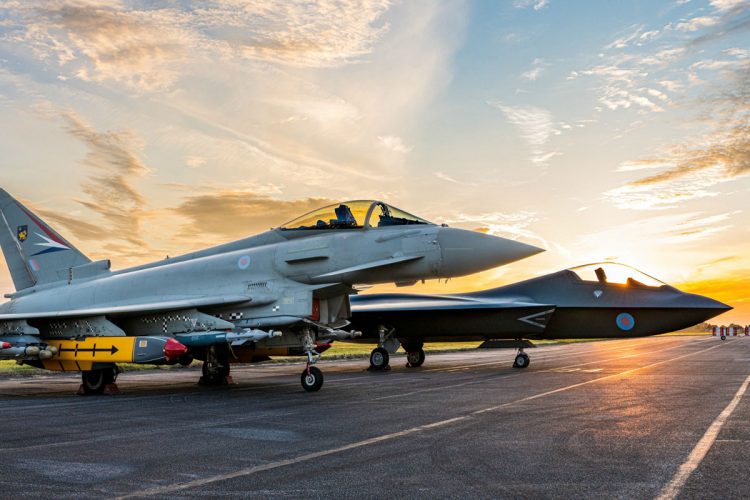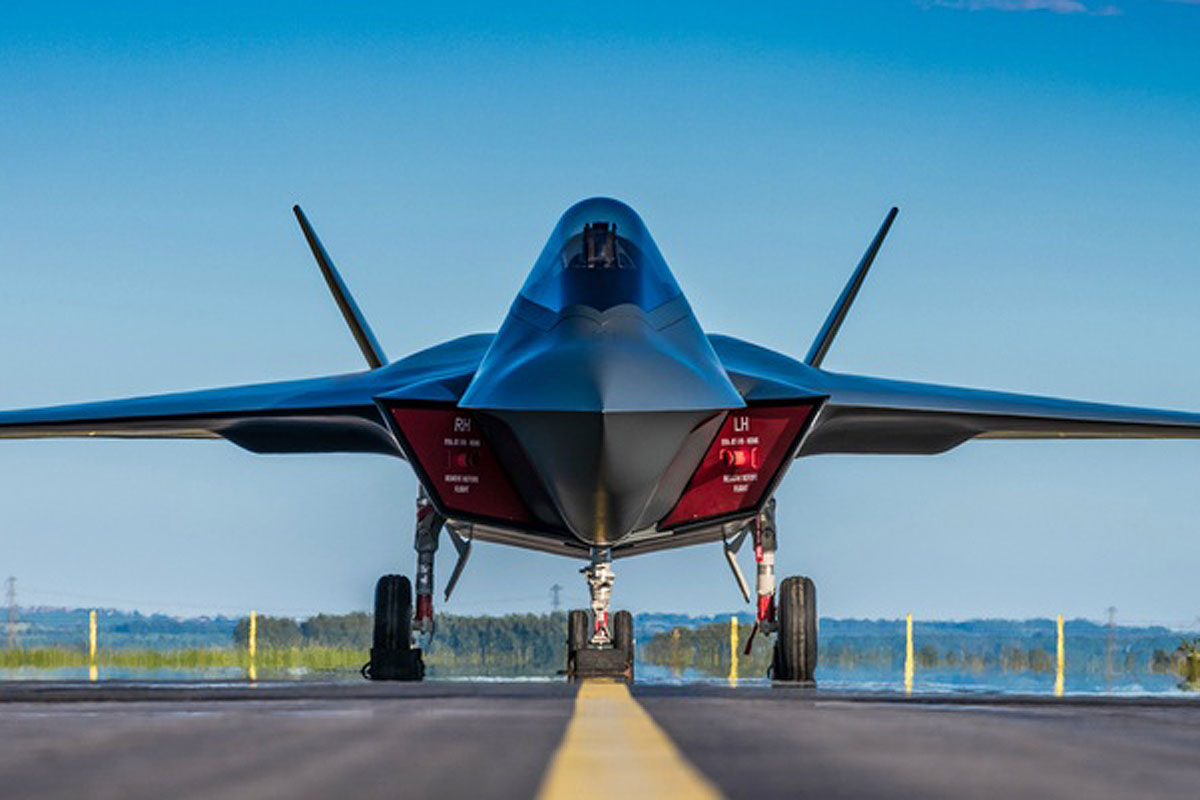The United Kingdom has secured an important ally in its 6th gen fighter development program, called Tempest. Italy has signed an agreement to partner in the studies to create an air superiority aircraft to replace Eurofighter Typhoon.
In addition to the Italians, Sweden is also part of efforts to share knowledge, product definitions and joint technology development of future air combat systems. However, Swedes have not yet formally joined Tempest as a replacement for Saab Gripen.
Italy, by contrast, is a country that already has a tradition of developing fighter aircraft programs with the UK. The Italian air force uses the Tornado as well as Typhoon, both created in partnership with the British.
The agreement includes BAE Systems, Leonardo UK, Rolls Royce and MBDA UK together with Italian Leonardo, Elettronica, Avio Aero and MBDA and will also involve projects for the F-35 and Typhoon.
“Our record of successful collaboration with Italian industry makes us certain that this partnership between our two nations is a strong fit for the storm and demonstrates the growing momentum behind this important international endeavor,” said Charles Woodburn, CEO at BAE Systems.
“Today’s agreement is an essential next step for this exciting and strategically important program. As the CEO of Leonardo, I’m confident in this collaboration as each day I see how UK and Italian engineers working together to achieve incredible things,” said Alessandro Profumo CEO of Leonardo.

Europe splited by fighter programs
Italy’s entry into the Tempest program further expands Europe’s division in developing a 6th generation fighter. Currently, France and Germany have their own program that has had Spain since June.
Although the requirements of all these countries are similar, so far the two programs are still separate, but there are hopes that Europe will be able to unite its interests in a single aircraft in order to share costs and enhance future fighter capacity.
Without as many resources as the US and Chinese, European countries can make up for the disadvantage, but that will require a supranational vision in the European Union that today discusses the departure of one of its main partners, the United Kingdom.
On the other hand, the development of the new fighter will still take a long time to come into service between the late 2030s and the early 2040s. Until then there has been plenty of time to find a common denominator.

